calsfoundation@cals.org
Ward (Lonoke County)
| Latitude and Longitude: | 35°01’49″N091°57’01″W |
| Elevation: | 233 feet |
| Area: | 4.30 square miles (2020 Census) |
| Population: | 6,052 (2020 Census) |
| Incorporation Date: | June 14, 1923 |
Historical Population as per the U.S. Census:
|
1810 |
1820 |
1830 |
1840 |
1850 |
1860 |
1870 |
1880 |
1890 |
1900 |
|
– |
– |
– |
– |
– |
– |
– |
– |
– |
– |
|
1910 |
1920 |
1930 |
1940 |
1950 |
1960 |
1970 |
1980 |
1990 |
2000 |
|
– |
– |
275 |
283 |
364 |
470 |
619 |
981 |
1,269 |
2,580 |
|
2010 |
2020 |
|
|
|
|
|
|
|
|
|
4,067 |
6,052 |
|
|
|
|
|
|
|
|
The town of Ward is a farming community located in northern Lonoke County on the western edge of Arkansas’s Grand Prairie along the old Southwest Trail, today known as U.S. Highway 67. It is bisected by the Missouri-Pacific Railroad tracks. The railroad first reached the town in the 1870s as the Cairo and Fulton Railroad Company, and it was the main reason for the town to prosper as a prime shipping point for the area’s corn, wheat, cotton, strawberries, and other crops. The lush hardwood forests, rich alluvial soil, abundant game, and ample water supplies found here in this part of the state drew settlers to this area.
Ward is believed to have been named for W. D. (probably William) and Nancy L. Ward from Tennessee, who first settled the area in 1860. The community, formerly part of Pulaski County, became part of Lonoke County when the new county was formed in 1873. The first post office was named Orlan in 1882 and changed to Ward in 1883. In 1908, Ward Township was formed from part of Caroline Township, with the voting precinct at Ward.
The first school was a log cabin, which also served as a church, built not long after other settlers joined the Wards in the small community in the early 1860s. In the early 1870s, a two-room school was built, and in 1904, a new two-story school with classes through the ninth grade was erected on Hickory Street. Students desiring a high school education traveled to nearby larger towns, such as Lonoke (Lonoke County) or Little Rock (Pulaski County). In 1926, the school was expanded through twelfth grade, with the first class graduating in 1928. The school burned in 1930, and a new brick structure was constructed in the same location. In 1950, Ward consolidated its senior high school with the high school at Cabot (Lonoke County). That building was destroyed eight years later by another fire. In its place, the state’s first all-electric-powered school was built, opening in 1959 as Ward Elementary with grades one through fourth. That school continued until it was closed in 2001 and the students transferred to Ward Central Elementary, built on the southern edge of Ward in 1993 with grades pre-kindergarten through fourth.
Ward was incorporated as a town on June 14, 1923. The early government consisted of a town council with no mayor. Richard “Dick” Bayles was elected to the city council in 1963 and became the first mayor in 1964, serving twenty-three years. During his time in office, the city built a new fire department, water and sewage plants, and also installed natural gas service. Larry “Butch” Phillips served as mayor from 1987 to 1998, and in 1999, Art Brooke was elected mayor. In 2002, under the direction of Mayor Brooke, the city moved its offices and public library, first established in 1999, into the old 30,000-square-foot school building that was built in 1959 as Ward Elementary.
In the late 1920s, the main highway route from St. Louis, Missouri, to Texas and later into Mexico was along U.S. Highway 67. It passed through Ward’s downtown, and the heavy traffic aided local businesses. At the business district’s peak (post–World War I through the 1950s), the town boasted several general stores, shops, service stations, eating establishments, blacksmith shops, cotton gins, sawmills, lumber yards, a large strawberry processing plant, a movie theater, a skating rink, drug stores, and physician’s offices.
The first stand-alone church in Ward was built in 1882 on the site of the present Ward Methodist Church on old U.S. Highway 67. It was a community church, with the lot and lumber donated by George Moore and the local citizens supplying the labor. Several denominations worshipped in the church; the Methodists, Baptists, and Presbyterians alternated Sundays until 1925, when the Baptists built their own church on Moore Street, The First Baptist Church of Ward. In 1938, the Methodists and Presbyterians tore down the old church and built a new building on the original location, sharing that church until 1973, when the Presbyterians left to join the Sylvania Presbyterian Church six miles south of Ward.
In the late 1960s, the highway was widened to four lanes and moved a mile north of the town. Although many businesses eventually closed when the highway was moved, Ward quickly became one of the fastest-growing towns in the county as a convenient “bedroom community” for those working at the Little Rock Air Force Base in Jacksonville (Pulaski County) and those working in other nearby cities. Ward’s population grew from 470 in 1960 to 2,580 in 2000 and then to 4,067 by 2010.
Ward currently has no major industries, but residential building is booming. Retail and service businesses such as Dollar General, Community Bank, Hank’s Cafe, Ward Coop, Show Biz Video, and H. L. Scott Lumber are some of those that serve the growing population. Ward was the home of state legislator Charles Lindberg George.
For additional information:
Andrews, Brandy. “Growth in Ward Refuses to Stop.” The Leader. June 23, 2004, p. 1.
Cunning, Charles William. Memories of Ward, Arkansas. Hot Springs, AR: C. Cunning Publisher, 2001.
McGraw, Shirley, and Carol Bevis. Lonoke County, Arkansas: A Pictorial History. Virginia Beach, VA: The Donning Company, 1998.
Charles William Cunning
Hot Springs, Arkansas
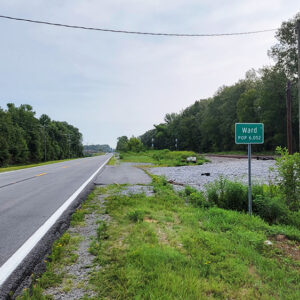 Entering Ward
Entering Ward  Lonoke County Map
Lonoke County Map  Ward Street Scene
Ward Street Scene 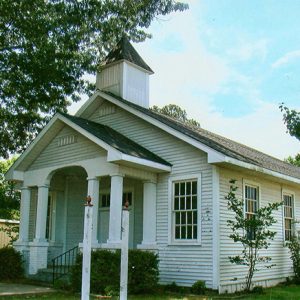 Ward Methodist Church
Ward Methodist Church  Ward City Hall
Ward City Hall  Ward Fire Department
Ward Fire Department  Ward Community Building
Ward Community Building 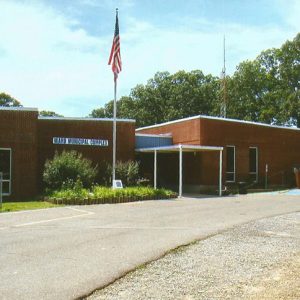 Ward Municipal Building
Ward Municipal Building 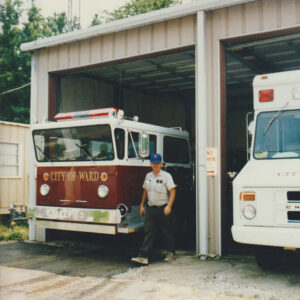 Ward Rescue Vehicles
Ward Rescue Vehicles  Ward Street Scene
Ward Street Scene 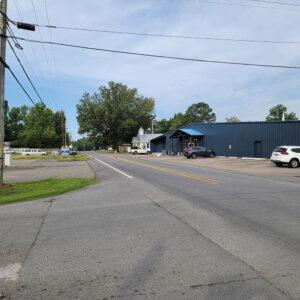 Ward Street Scene
Ward Street Scene 




Comments
No comments on this entry yet.